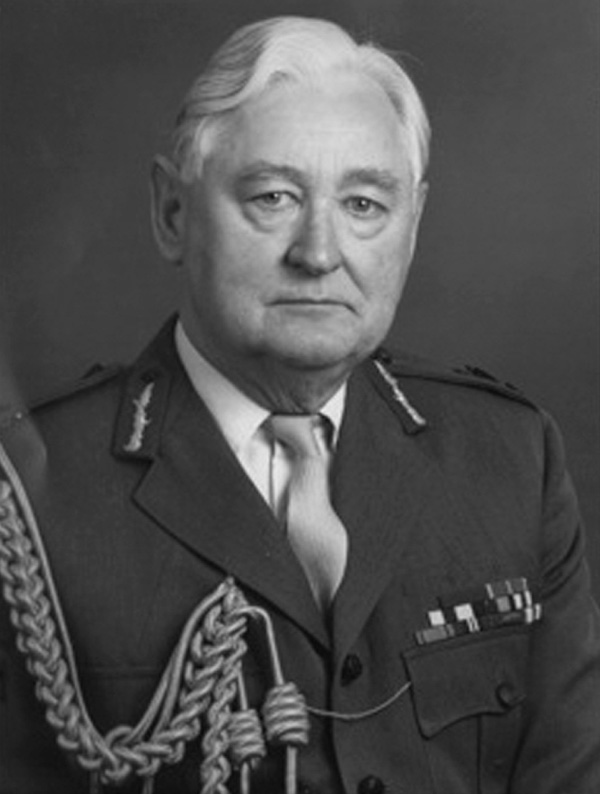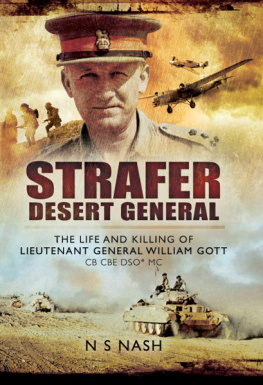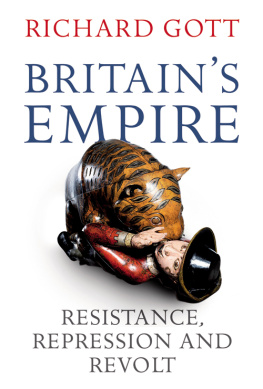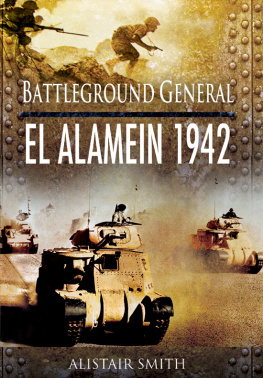By the same author
The Colonels Table
Reveille & Retribution
Spit & Polish
Friend & Foe
On Laffans Plain
K Boat Catastrophe
Chitrl Charlie
Valour in the Trenches
First published in Great Britain by
PEN AND SWORD MILITARY
an imprint of
Pen and Sword Books Ltd
47 Church Street
Barnsley
South Yorkshire S70 2AS
Copyright NS Nash, 2013
HARDBACK ISBN: 978 1 78159 090 4
PDF ISBN: 978 1 47383 092 9
EPUB ISBN: 978 1 47382 976 3
PRC ISBN: 978 1 47383 034 9
The right of NS Nash to be identified
as the author of this work has been asserted by him
in accordance with the Copyright, Designs and Patents Act 1988.
A CIP record for this book is available from the British Library.
All rights reserved. No part of this book may be reproduced or transmitted
in any form or by any means, electronic or mechanical including
photocopying, recording or by any information storage and retrieval
system, without permission from the Publisher in writing.
Printed and bound in England by
CPI Group (UK) Ltd, Croydon, CR0 4YY
Typeset in Times by CHIC GRAPHICS
Pen & Sword Books Ltd incorporates the imprints of
Pen & Sword Aviation, Pen & Sword Family History, Pen & Sword Maritime,
Pen & Sword Military, Pen & Sword Discovery, Wharncliffe Local History,
Wharncliffe True Crime, Wharncliffe Transport, Pen & Sword Select,
Pen & Sword Military Classics, Leo Cooper, Remember When,
The Praetorian Press, Seaforth Publishing and Frontline Publishing
For a complete list of Pen and Sword titles please contact
Pen and Sword Books Limited
47 Church Street, Barnsley, South Yorkshire, S70 2AS, England
E-mail:
Website: www.pen-and-sword.co.uk
Contents
List of Illustrations
Photographs
Acknowledgements
I had heard of Strafer Gott but taken no interest in him until Gordon Brown, a fellow member of the Honourable Artillery Company, commented to me that he would be an ideal subject for my next book. I was vastly unenthused, but Gordon persisted and he introduced me to Brigadier Dick Vernons tribute to Gott, which had been published privately by the Kings Royal Rifle Corps (KRRC). This book, which had a limited and mainly in house circulation, lit my fire as, belatedly, it became apparent to me that here was an exceptional man and one whose story was aching to be told.
I am accordingly vastly indebted to Gordon Brown, whose vision and persistence encouraged me, as well as to Major Peter Williamson MBE, who worked tirelessly to research the Gott family and whose work will be evident in the text.
Field Marshal, The Lord Bramall KG GCB OBE MC, the Senior Rifleman, not only agreed to write the foreword to this book, but before the text was finalised he engaged me in searching appraisals of my work. I am vastly indebted to him for his enthusiasm, interest and very practical support. We had the shared aim of ensuring that there was a definitive record of Strafers life and, for me, our discussions were instructive and fun.
Squadron Leader Jimmy James DFM AFC gave me a lengthy interview and the facts on Strafer Gotts death. It was he who produced the photograph of the aeroplane that he flew and in which Gott died.
Peter Gallagher and Jeff Birch collaborated with me on my three previous epistles and once again, with this book, their expertise in navigating around The National Archives produced a mine of information. I am, as ever, very grateful to them both. Mr Peter Hunter, the current Housemaster of The Park at Harrow School, provided me with information about Gotts childhood.
Mr Gerry McCardle of the Army Historical Disclosures Section of the MoD provided information from Gotts file that allowed me to fill in gaps in his early life.
Lieutenant Colonel Tom Gowans corrected my initial text and, as always, his suggestions and comments were well judged and very welcome.
Lieutenant General Sir Christopher Wallace KBE DL, the Chairman of the Trustees of the Royal Green Jackets (RGJ) Museum in Winchester, gave me unfettered access to all the relevant regimental records and he kindly reviewed a draft of the text.
Major Ken Gray, the Assistant Curator of the RGJ Museum, was unfailingly helpful and patient in finding for me all manner of obscure but important pieces of paper.
Arthur Perry provided all the maps of the Desert Campaign and, hopefully, they made my text all the more intelligible.
The photographs are either from the archives of the RGJ Museum or from Internet sources unless specified differently.
At Pen & Sword, my commissioning editor, Brigadier Henry Wilson, was his usual imperturbable self and he did all that he could to support me in the most practical way and, not least, in appointing Mrs Linne Mathews as my text editor. She is a joy to work with and made the editing process very agreeable. Her contribution to this book cannot be overstated and extends far beyond ensuring that all the commas and semi-colons are in the right place. However, notwithstanding Linnes expertise, I take ownership of all errors and omissions.
Tank Nash
Malmesbury
July 2013
Preface
T he biographies and autobiographies of Second World War generals are legion. However, the story of this one, one of the three finest desert generals, was missing from the bookshelves and it was a gap that needed to be filled.
Ideally, a fellow rifleman would have written this book about thirty years ago, when first-hand testimony was still available. In 2012, seventy years after his death, all of Strafer Gotts contemporaries are dead and evidence as to his life and the manner in which he lived it can only be found in relatively sparse archive material.
During my extensive research I found that those who knew Strafer Gott and who served above, with or below him, with only few exceptions, respected, admired or loved him to some degree and their views are well documented. I resolved to write the biography of this extraordinary, brave, charismatic soldier and Christian gentleman.
This book is not a history of the war in France in 1917-18, nor is it remotely a full account of the campaign in North Africa during 1940-42. Both of those topics have been exhaustively covered elsewhere. However, I have had to trace the outline of events in those theatres in order to place Strafer Gotts role in its correct context. My account of those campaigns is therefore truncated and, for the purist, somewhat simplistic. I have, for example, made scant mention of either the Royal Navy or Royal Air Force.
I now know that it is easier to write the biography of a military four-letter man such as Charles Townshend (Chitrl Charlie) or a flawed personality such as Alfred Pollard VC (Valour in the Trenches) than that of an epitome of charm like William Gott (Strafer) because there is markedly less light and shade.
Was Strafer Gott truly a 1st XI player or was he merely the best of a poor crop? Was his appointment to command the 8th Army justified or was it a promotion too far? Did he really rank alongside Rommel and Montgomery? What if he had not been killed?
I leave it to you to judge the place William Gott should be accorded in the pantheon of British generals. However, it is without doubt that, as a human being, he is a role model for us all.
God will not count your medals, but your scars
(John Bunyan, The Pilgrims Progress)
Published in 1678 and oft quoted by Strafer Gott
Foreword
by
Field Marshal Lord Bramall
KG GCB OBE MC

Next page











